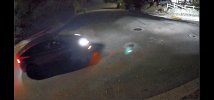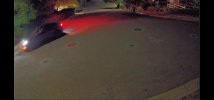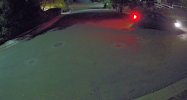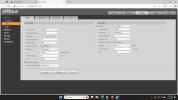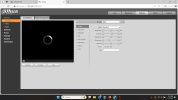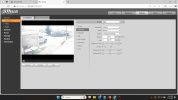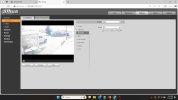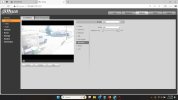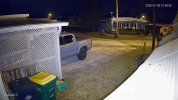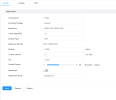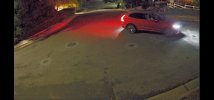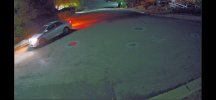We have just put in a couple of cameras to monitor the entrance to our neighborhood. Our LP capture is operating well but I'm having trouble getting our overview camera to capture acceptable images at night. Our only goal for this camera is to be able to identify the color and model of the cars entering/leaving. Because the camera is located at the top of a T intersection, it is largely blinded by headlights until the cars start to turn. We have some ambient light from a street lamp just to the left of the capture area.
It seems like because of the bright headlights/taillights, the rest of the car image is underexposed so the color is hard to identify. And when cars are on the right side of the street, the lower ambient light appears to be making them almost too noisy to identify.
The camera is a IPC-Color4K-T with shutter set to 20ms, gain to 60, noise reduction to 70 and HLC to 55.
I'd appreciate any tips or ideas--I'm just getting started with this stuff and am not exactly which parameters to focus on for this scene
It seems like because of the bright headlights/taillights, the rest of the car image is underexposed so the color is hard to identify. And when cars are on the right side of the street, the lower ambient light appears to be making them almost too noisy to identify.
The camera is a IPC-Color4K-T with shutter set to 20ms, gain to 60, noise reduction to 70 and HLC to 55.
I'd appreciate any tips or ideas--I'm just getting started with this stuff and am not exactly which parameters to focus on for this scene

